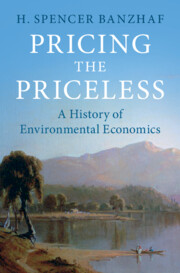With the Waxman-Markey Bill passing the House and the administration's push to reduce carbon emissions, the likelihood of the implementation of some form of a carbon emissions policy is increasing. This study estimates the greenhouse gas (GHG) emissions of the six largest row crops produced in Arkansas using 57 different production practices predominantly used and documented by the University of Arkansas Cooperative Extension Service. From these GHG emission estimates, a baseline state “carbon footprint” was estimated and a hypothetical GHG emissions reduction of 5, 10, and 20 percent was levied on Arkansas agriculture using a cap-and-trade method. Using current production technology and traditional land use choices, results show that the trading of carbon-emitting permits to reduce statewide GHG emissions by 5 percent from the baseline would enhance GHG emissions efficiency measured as net crop farm income generated per unit of carbon emissions created. The 5 percent reduction in GHG emissions does cause marginal reductions in acres farmed and has marginal income ramifications. Beyond the 5 percent reduction target, gains in GHG emissions efficiency decline but remain positive in most counties through the 10 percent GHG reduction target. However, with a 10 percent GHG reduction, acreage and income reductions more than double compared to the 5 percent level. When GHG emissions are reduced by 20 percent from the baseline, the result is a major cropping pattern shift coupled with significant reductions in traditional row crop acreage, income, and GHG emissions efficiency.
